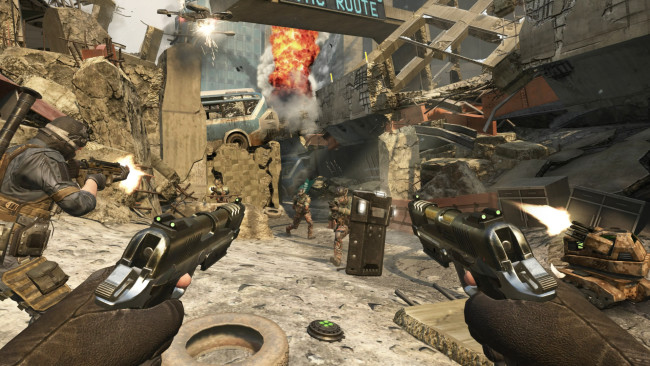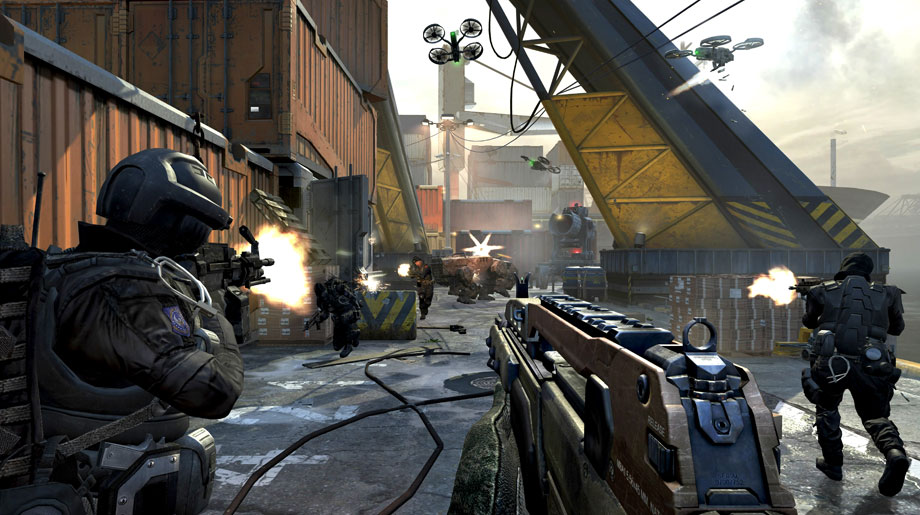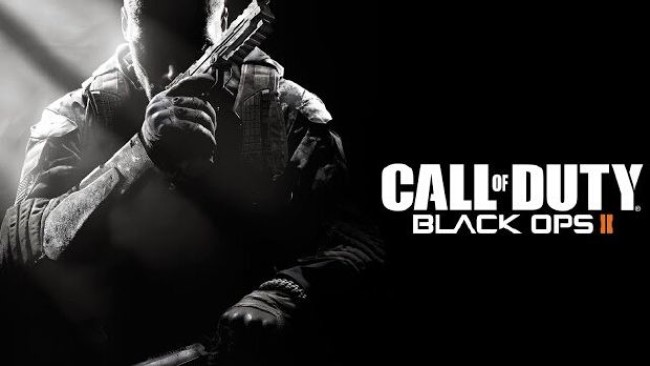Few games have made an indelible mark in the landscape of first-person shooting quite like Call of Duty Black Ops 2. Released in November 2012, this sequel not only continued the gripping narrative of its predecessor but also introduced groundbreaking features that have significantly influenced the gaming industry. As we delve into the elements that make Call Of Duty Black Ops 2 a standout title, we also reflect on its enduring legacy and why it remains a favorite among gamers.
Innovative Narrative Structure:
One of the most distinctive aspects of Black Ops 2 is its narrative structure. The game’s story spans several decades, toggling between the late Cold War in the 1980s and a futuristic 2025 engulfed in a new Cold War. Players take on the roles of Alex Mason and his son David Mason, navigating a politically tumultuous world shaped by the actions of a new antagonist, Raul Menendez.
What sets Black Ops 2 apart is its branching storylines, which are influenced by player decisions. This non-linear approach was relatively novel for its time, providing multiple endings that depend on choices made throughout the campaign. This feature added significant replay value and player agency, setting a new standard for interactive storytelling in shooters.

Gameplay Enhancements:
Call of Duty Black Ops 2 was not just a narrative pioneer; it also pushed technological boundaries. The game introduced a new graphics engine capable of rendering more realistic environments and detailed character models, dramatically enhancing the visual experience. The futuristic setting allowed for the inclusion of advanced weaponry and technology, including drones and other gadgets, which expanded gameplay dynamics. Black Ops 2 refined the series’ renowned multiplayer experience.
It introduced the “Pick 10” system in loadout options, giving players unprecedented control over how they equipped their characters. This system allowed players to select any combination of 10 items from weapons, attachments, grenades, and perks, leading to highly customized and varied combat styles. This flexibility became a beloved feature and has been adapted in various forms in subsequent Call of Duty installments.
eSports and Community Engagement:
Black Ops 2 also played a crucial role in the rise of Call of Duty as a staple in eSports. The game’s competitive modes were highly polished, with League Play providing a platform for players to compete in skill-based ranked matches. Introducing features like CODcasting allowed players to stream and commentate matches, making Black Ops 2 a game to play and a spectacle to watch. These elements helped foster a vibrant community and propelled the series into the eSports arena.

Zombies Mode: A Cult Favorite:
No discussion of Black Ops 2 is complete without mentioning its Zombies mode. Building on the success of previous iterations, Zombies in Black Ops 2 included new game modes like “Tranzit,” which offered a more expansive map and progressive gameplay features. This mode also introduced “Grief,” where two teams competed against each other and fought off waves of zombies. The creativity and replayability of the Zombies mode contributed significantly to the game’s longevity.
Legacy and Longevity:
Nearly a decade later, Call of Duty Black Ops 2’s influence is still felt. It remains a benchmark for narrative complexity and innovative multiplayer options in the FPS genre. Its forward-thinking approach to game design and community engagement has helped shape how modern games are made and played. For many fans, Black Ops 2 is not just a fond memory; it’s a defining part of their gaming history.
Looking back, it’s clear that Call of Duty Black Ops 2 did more than advance a franchise. It changed how we play, compete, and connect over video games, making it a classic in the pantheon of greats. Whether revisiting the game on an older console or experiencing it for the first time, Black Ops 2 continues to deliver an exceptional gaming experience.




